
 Are you looking for a summer job? It’s a great chance to gain work experience and skills, learn about yourself, and earn money. If you’ve started to look and become frustrated, or are just getting started now, follow these 4 steps to land that summer job.
Are you looking for a summer job? It’s a great chance to gain work experience and skills, learn about yourself, and earn money. If you’ve started to look and become frustrated, or are just getting started now, follow these 4 steps to land that summer job.
Step 1: Decide what kind of work to look for
There are two important considerations here: the types of jobs available in your local area, and knowing the kind of work that interests you.
Where you live: For example, if you live in a summer resort area—there are probably a large number of hotel, restaurant and recreation jobs. But almost all areas see an upswing in business at entertainment and dining establishments in the summer, so restaurant workers—wait staff / hosts / dishwashers / bus staff / cooks, movie theatre cashiers, amusement park staff, beach lifeguards, ice cream scoopers, and related jobs—are more available in summer in most locations.
Jobs that interest you: You know the job will only last the summer, so it doesn’t need to be a perfect fit. You’ll learn a lot from any job when you are starting out, and even get an idea of what you do—and do not—want to do in your longer term career. But it helps to be interested in the job tasks, or the kind of place you will be working.
To find out what kind of work you can get without previous experience or special training, check out this list of first job titles. For most of these positions, employers will train you after you are hired. From retail sales to lawn care, you’ll find profiles of jobs including typical tasks, training needed, average pay, and a link to job listings in your local area.
Step 2: Get ready for job applications
Learn how to fill out job applications the right way before you start. They are not complicated, but it’s a lot easier when you know what to expect. Almost every job application will ask for your contact information, job history, and education or training. They may ask why you left past jobs.
Instead of trying to remember all the details for each application, you can make a personal data record to keep track, and bring it with you to complete job applications at kiosks at stores like Target or Home Depot, for hand written applications you complete at smaller employers, or when you fill out online applications at home.
Step 3: Get your work documents
There are laws that regulate employer obligations regarding the residency status of employees, and for employees under age 18. Even for a summer job, employers will expect you to provide identification that proves your age, and confirms you are legally able to work. For virtually any job, you will need a social security number to be paid.
You can learn all about work documents, including which other documents you’ll need, where you can get them in your state, and employment laws for workers under 18. And if you have a conviction on your record, get some tips on how to handle that as well.
Step 4: Find out where the jobs are
Finally, get set to find job openings. There are more opportunities than you may realize; some are posted and easy to find, others may require some digging.
Use your network: Talking to people you know is one of the most common ways to land a job, so be sure to let friends, family, teachers, neighbors and others you know – what kind of job you are looking for.
Look for postings online: Use CareerOneStop’s Job Finder to look up job postings in your area. Most postings will allow you to apply on line right away.
Target your favorite employers: If you have a special interest or want to work for a specific type of employer, such as coffee shops, you can look them up in your local area on the Business Finder. Enter the type of business or type of job, and your location. Results will show the business name, address, number of employees, and distance from your location. Click on the business name get the address, phone number and website.
Use these to call or stop in and ask to speak with a hiring manager about job possibilities. Be ready to talk about what you have to offer – your skills, motivation, friendliness, sense of teamwork, ability to learn quickly, or other attributes you bring.
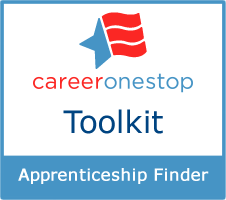
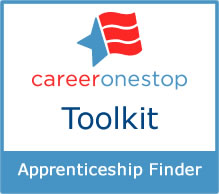 Apprenticeships combine a full-time job with training—and prepare you to enter specialized fields.
Apprenticeships combine a full-time job with training—and prepare you to enter specialized fields.

 Are you looking for a summer job? It’s a great chance to gain work experience and skills, learn about yourself, and earn money. If you’ve started to look and become frustrated, or are just getting started now, follow these 4 steps to land that summer job.
Are you looking for a summer job? It’s a great chance to gain work experience and skills, learn about yourself, and earn money. If you’ve started to look and become frustrated, or are just getting started now, follow these 4 steps to land that summer job.
 Did you know CareerOneStop offers different types of curriculum and tools to help you? Whether you’re looking for materials to use in one-on-one counseling, curriculum for classroom or workshops, or computer lab exercises, you’ll find something to make your job easier.
Did you know CareerOneStop offers different types of curriculum and tools to help you? Whether you’re looking for materials to use in one-on-one counseling, curriculum for classroom or workshops, or computer lab exercises, you’ll find something to make your job easier.
 It’s a great time to be a new graduate.
It’s a great time to be a new graduate.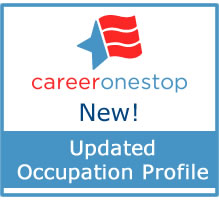
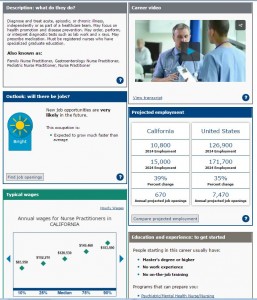

 Learners of all ages and life stages – from kindergarten to college and beyond – depend on the efforts of teachers to reach their goals.
Learners of all ages and life stages – from kindergarten to college and beyond – depend on the efforts of teachers to reach their goals. 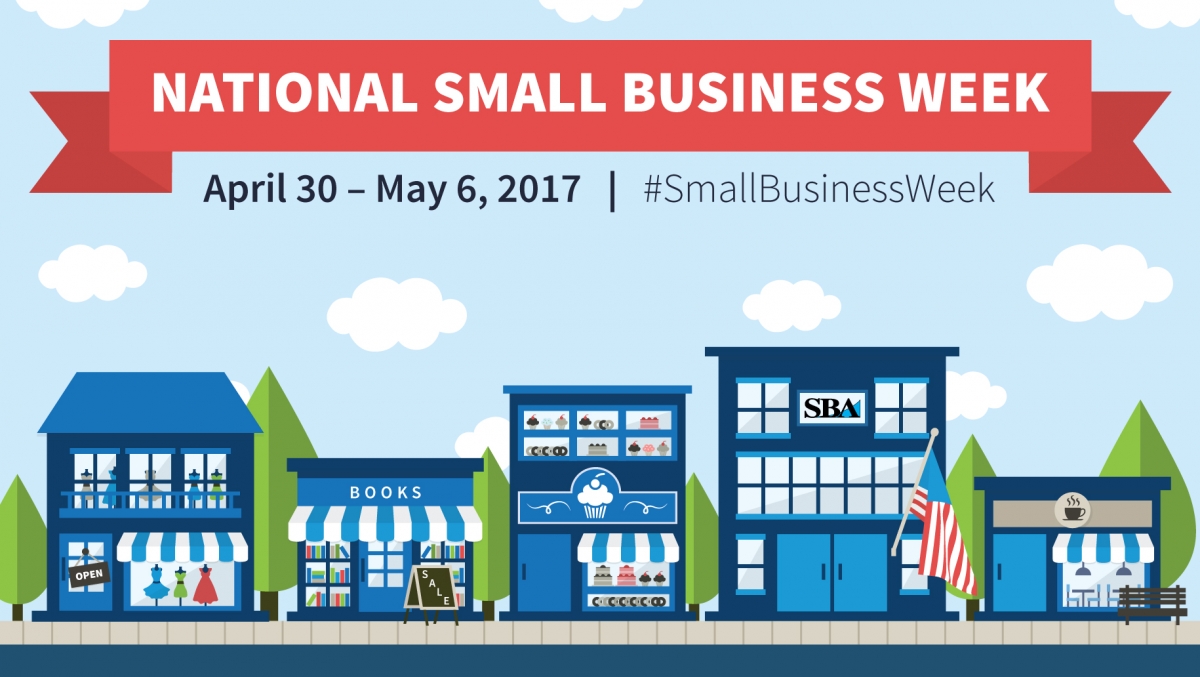

 Reentry week, April 24-28, 2017, co-sponsored by the
Reentry week, April 24-28, 2017, co-sponsored by the 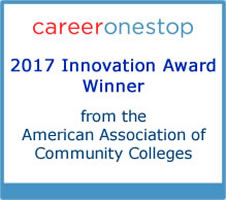
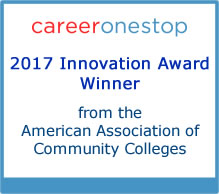 CareerOneStop is one of six AACC Innovation Award winners for 2017. CareerOneStop was selected as a valuable resource for colleges, students, and administrators. Preparing youth and adults to enter skill-building community college programs and enhancing collaborations between community colleges and employers are core components of CareerOneStop’s mission.
CareerOneStop is one of six AACC Innovation Award winners for 2017. CareerOneStop was selected as a valuable resource for colleges, students, and administrators. Preparing youth and adults to enter skill-building community college programs and enhancing collaborations between community colleges and employers are core components of CareerOneStop’s mission.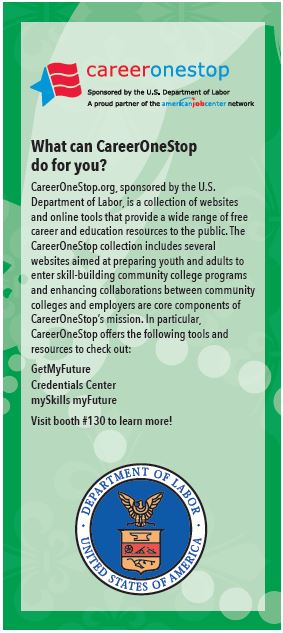

 Do you remember childhood visits to your local public library, complete with the smell of new books, and the freedom to check out all the materials you could carry?
Do you remember childhood visits to your local public library, complete with the smell of new books, and the freedom to check out all the materials you could carry?